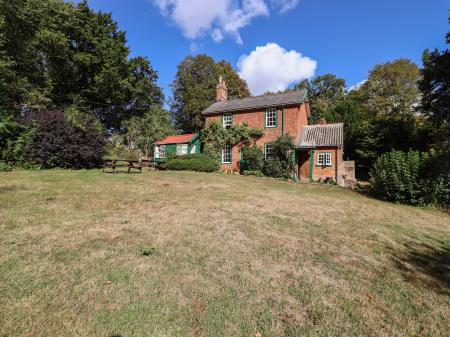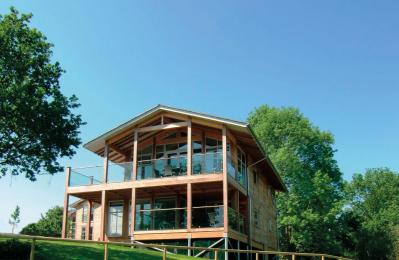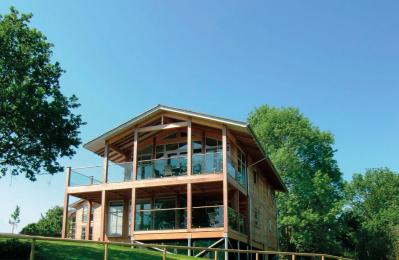
St Edmund
Edmund's story is a fascinating one. According to legend, Edmund was born in Europe, possibly at Nuremberg. In 855 the 14-year-old boy was named King of the East Angles, the successor to King Offa. He was crowned on Christmas Day at a place later referenced as 'Burva', an ancient royal hill.
Burva has traditionally been assumed to be Bures, and the hilltop where the chapel now stands is the most likely spot for the coronation, performed by Bishop Humbert of Elmham.
The unfortunate Edmund was later captured by the Danes in 870 and cruelly executed at Hoxne, refusing to the last to renounce his Christian faith. His faith and martyr's death had the usual consequences; people started reporting miracles at his grave.
In the early 11th century King Canute had Edmund's body transferred to Bury St Edmunds, and St Edmundsbury Abbey grew up around the shrine, which became a very popular destination for pilgrims. So popular did the cult of Edmund become that he was the patron saint of England before St George usurped that role.

As for the chapel, it was built by Sir Robert de Tani (Tauney, or Tany) and dedicated to St Stephen. It was officially dedicated by Stephen Langton, Archbishop of Canterbury, on St Stephen's Day, 1218. You might wonder at the presence of the archbishop in this corner of Suffolk, but apparently, the Langton family held estates in Bures, so it would not have been unusual for Langton to come here.
The chapel is rectangular, with a projecting transept on one side, and roofed with thatch. There are obvious extensions made of timber and brick where the building was remodelled as cottages.
The chapel was used as a hospital during an outbreak of the plague in 1739, then converted to cottages and finally to a barn - in fact, it rather resembles a barn still. It is sometimes known locally as Chapel Barn.
In the mid 20th century the chapel was restored by the Probert family who presently own the nearby cottage. It has been re-consecrated as a chapel and holds a yearly service in summer.
As mentioned, St Stephen's served as a private chapel for Tany manor, but where was the manor located? We do not know for certain, but one possibility is the crown of Cuckoo Hill, where a copse of trees now stands.
Within the chapel are three tombs of the de Vere family, Earls of Oxford. These were moved here from Earls Colne Priory, which was destroyed in the Reformation. The three tombs appear to be made up of bits and pieces of seven or eight memorials, reassembled like pieces of a puzzle.
Unfortunately, the chapel is usually locked, but visits can be arranged by contacting the caretaker at Chapel Barn (next to the chapel). If you do find the chapel locked you can still peer in the windows for a sight of the de Vere tombs.





 We've 'tagged' this attraction information to help you find related historic attractions and learn more about major time periods mentioned.
We've 'tagged' this attraction information to help you find related historic attractions and learn more about major time periods mentioned.


